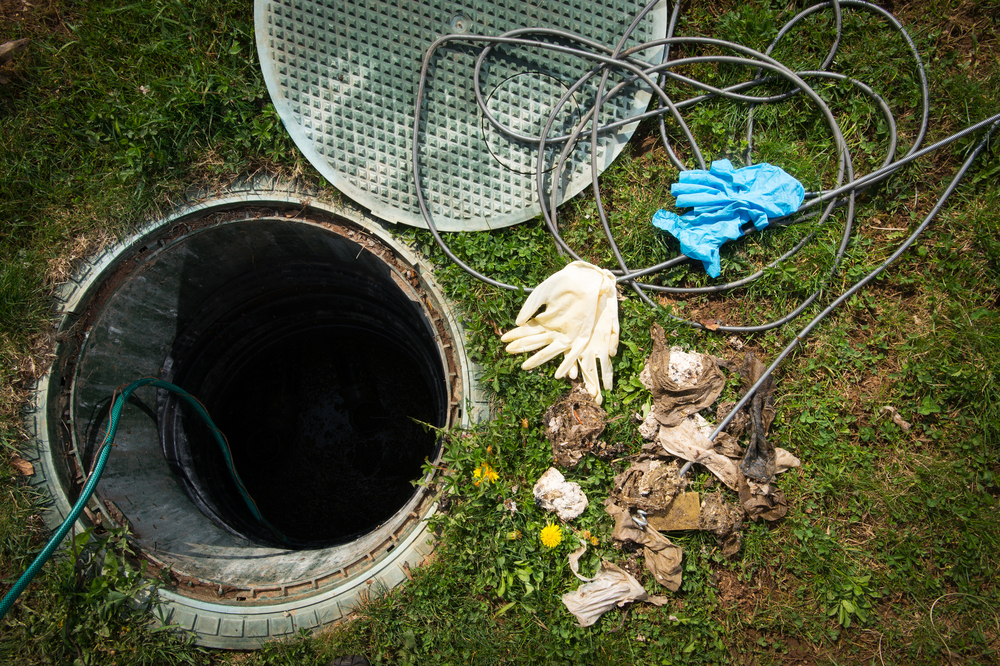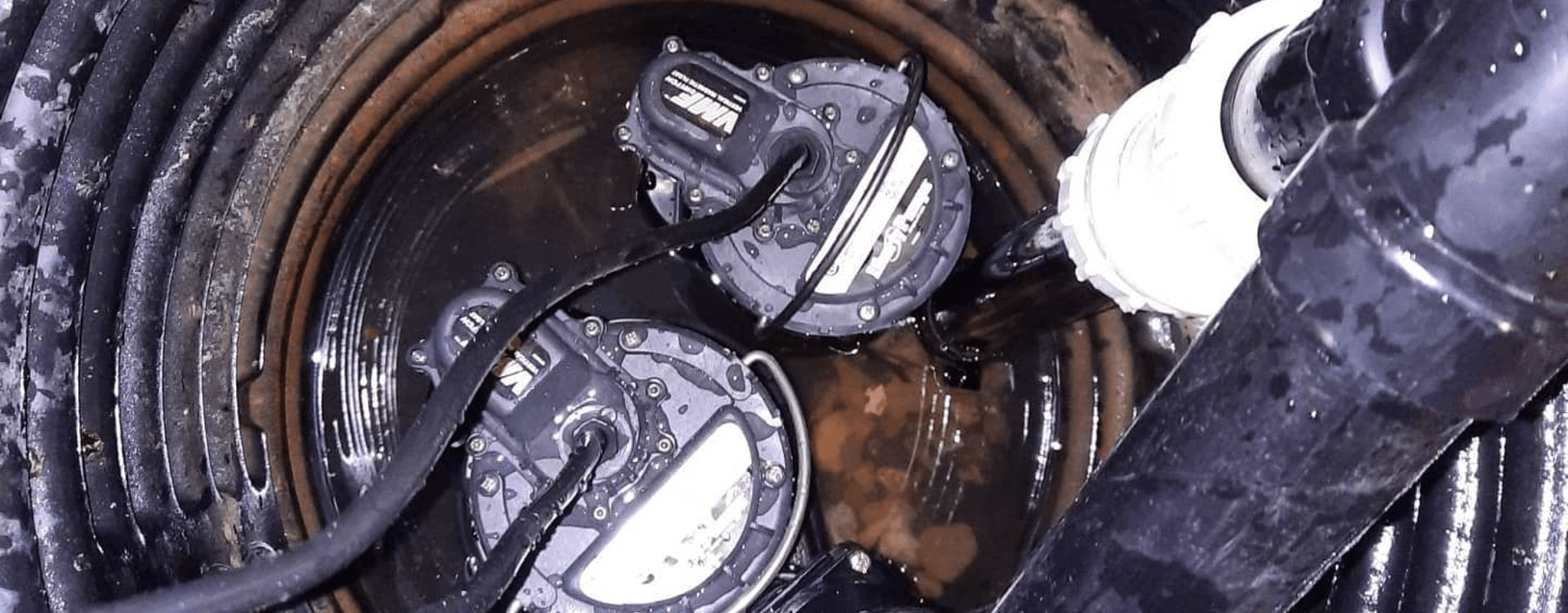
When homeowners notice slow drains, unusual smells, or soggy patches in the yard, the first thought is usually a clogged pipe or a full septic tank. But sometimes, the real issue is lurking underground—and it’s not as obvious. This lesser-known but common culprit is biomat buildup.
So, what is biomat buildup, and why should you care? At Cardinal Home Services, we’ve helped countless homeowners identify and address this hidden issue before it becomes a major repair. In this blog, we’ll break it down in simple terms so you can understand what’s happening in your system and what to do about it!
What Is Biomat Buildup?
Biomat is a black, slimy layer of bacteria that forms in the soil beneath your septic system’s drain field (also known as the leaching bed or weeping bed). It develops naturally as part of the wastewater treatment process. As wastewater flows into the drain field, bacteria break down the organic material, and this leftover sludge-like layer forms as a byproduct.
A small amount of biomat is normal, as it actually helps filter wastewater before it returns to the groundwater. But too much of it is when things start to go wrong.
Why Too Much Biomat Is a Problem
When the biomat buildup becomes too thick, it forms a dense barrier in the soil beneath your drain field, stopping wastewater from being properly absorbed. As a result, you may notice slow drainage or backups in your sinks, tubs, and toilets.
Outside, you might see pooling water or soggy patches over the weeping bed, along with strong sewage smells in your yard. This excess water can also push back into the tank, overloading your entire septic system. Left untreated, severe biomat buildup can completely clog the drain field, leading to costly repairs or even the need for a full system replacement.
That’s why recognizing the signs and addressing them early is so important!
But What Causes Biomat Buildup?
Biomat buildup can occur for several reasons:
- Overuse of water in the home (long showers, leaky faucets, laundry overload)
- Lack of regular septic tank pumping
- Use of harsh chemicals that kill the good bacteria in your system
- Poor soil drainage or compacted ground
- Older systems that weren’t designed to handle modern household demands
If your system is being overloaded or the bacteria balance is off, the biomat has no chance to dry out and break down, so it just keeps building.
Don’t Let Biomat Buildup Ruin Your System
Yes, but you need the right approach. You need to trust in the professionals.
At Cardinal Home Services, we assess the health of your drain field and septic system using modern inspection tools. In some cases, we can rejuvenate the septic system using aeration techniques or other solutions that restore soil permeability. At other times, targeted repairs may be necessary to restore function without a full replacement.
Whether you live in Peterborough or anywhere else in Ontario, our expert team is here to help! If you suspect issues with your drain field, let our septic experts assess the situation and provide a safe, long-lasting fix.



